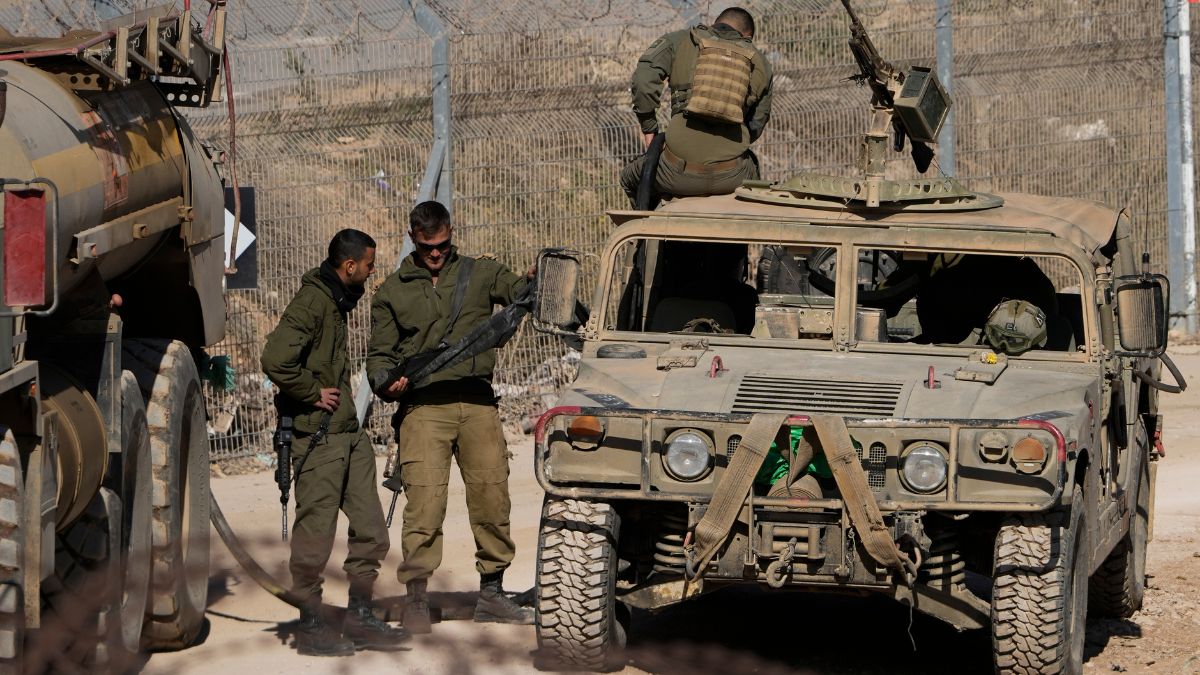Israeli Prime Minister Benjamin Netanyahu announced Tuesday that forces would remain in a buffer zone on the Syrian border, specifically on Mount Hermon, “until another arrangement is found that will ensure Israel’s security.”
Speaking from the snow-capped summit of Mount Hermon—the first visit by a sitting Israeli leader to Syrian territory—Netanyahu said he had been on the summit 53 years ago as a soldier. Still, the summit’s importance to Israel’s security has only increased given recent events.
Watch: Israeli PM Netanyahu Says Israeli Troops Will Remain in Syria | Firstpost America
Defence Minister Israel Katz, accompanying Netanyahu, said he had ordered the military to quickly establish a presence including fortifications, in anticipation of what could be an extended stay in the area.
“The summit of the Hermon is the eyes of the state of Israel to identify our enemies who are nearby and far away,” Katz said.
Israel seized a swath of southern Syria along the border with the Israeli-annexed Golan Heights, calling it a buffer zone, in the days after Syrian President Bashar Assad was ousted by rebels.
Israel’s capture of the buffer zone has sparked condemnation, with critics accusing Israel of violating a 1974 ceasefire and possibly exploiting the chaos in Syria for a land grab.
Impact Shorts
More ShortsIsraeli forces moved to control a roughly 400-square-kilometre demilitarised buffer zone in Syrian territory. The buffer zone between Syria and the Israeli-controlled Golan Heights was created by the UN after the 1973 Mideast war. A UN force of about 1,100 troops had patrolled the area since then.
Israel still controls the Golan Heights, which it captured from Syria during the 1967 Mideast war and later annexed — a move not recognised by most of the international community. Mount Hermon’s summit is divided between the Israeli-annexed Golan Heights, Lebanon, and Syria. Only the United States recognizes Israel’s control of the Golan Heights.
)